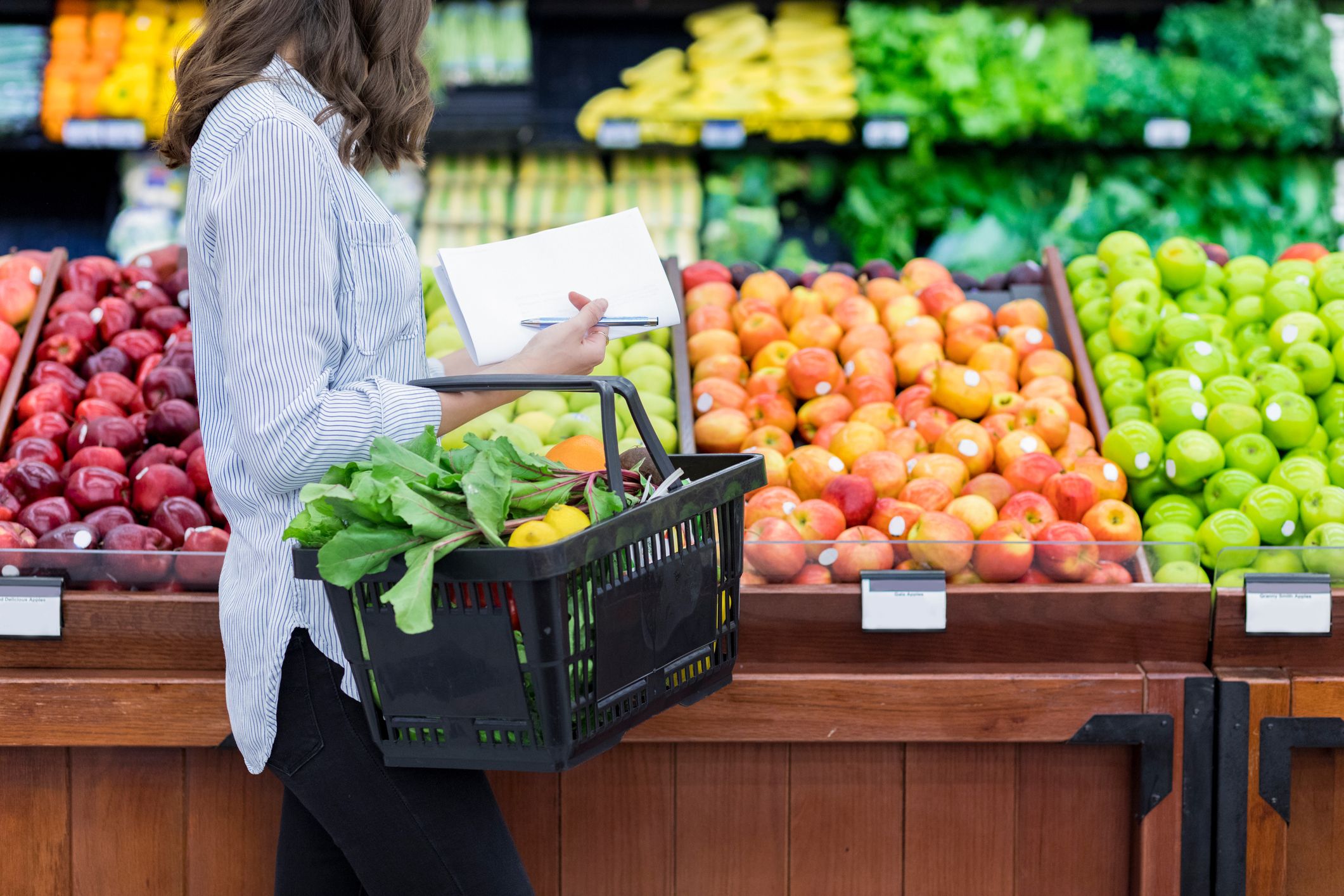The Evolution of Grocery Shopping
Grocery shopping has evolved dramatically over the past few decades. From the days of local markets and small corner stores, we have transitioned into an era dominated by sprawling supermarkets, online shopping, and home delivery services. This transformation has been driven by technological advancements, changing consumer preferences, and the quest for convenience.

The Rise of Supermarkets
Supermarkets revolutionized grocery shopping by offering a wide variety of products under one roof. The concept of self-service, introduced in the early 20th century, allowed customers to browse aisles, compare products, and make selections at their own pace. This model was a significant departure from traditional markets where shopkeepers fetched items for customers.
The Advent of Online Grocery Shopping
The internet has brought about a seismic shift in how we shop for groceries. Online grocery shopping platforms have proliferated, providing consumers with an unprecedented level of convenience. Services like Amazon Fresh, Instacart, and Walmart Grocery allow shoppers to order groceries from the comfort of their homes and have them delivered to their doorsteps.
Benefits of Online Grocery Shopping
Online grocery shopping offers several advantages. It saves time, reduces the hassle of navigating crowded stores, and provides access to a broader range of products. Additionally, online platforms often offer personalized recommendations based on past purchases, enhancing the shopping experience.
The Role of Technology in Modern Grocery Shopping
Technology plays a crucial role in modern grocery shopping, enhancing efficiency and convenience. From mobile apps to smart shopping carts, technological innovations are transforming the way we purchase our groceries.
Mobile Apps
Mobile apps have become indispensable tools for grocery shoppers. Apps like Flipp, Basket, and Out of Milk help users create shopping lists, find the best deals, and compare prices across different stores. These apps streamline the shopping process, making it more organized and cost-effective.
Smart Shopping Carts
Smart shopping carts are equipped with sensors and touchscreens that assist shoppers in locating items, checking prices, and even making payments. These carts can significantly reduce the time spent in stores and improve the overall shopping experience.
Grocery Shopping Tips for Savvy Shoppers
Navigating the myriad options in grocery shopping can be overwhelming. Here are some tips to help you become a savvy shopper, whether you prefer online or in-store shopping.
Plan Ahead
Planning is crucial for efficient grocery shopping. Create a list of items you need before heading to the store or placing an online order. This helps avoid impulse buys and ensures you get everything you need.
Compare Prices
Prices for the same item can vary significantly across different stores. Use price comparison tools and apps to find the best deals. Many online platforms offer price matching guarantees, allowing you to get the lowest price available.
Buy in Bulk
Buying in bulk can save you money, especially for non-perishable items like rice, pasta, and canned goods. However, be cautious with perishable items to avoid waste.
Utilize Loyalty Programs
Many grocery stores offer loyalty programs that provide discounts, coupons, and rewards points. Signing up for these programs can lead to significant savings over time.
Shop Seasonally
Seasonal produce is often cheaper and fresher than out-of-season items. Familiarize yourself with the seasonal availability of fruits and vegetables in your area to make cost-effective choices.
The Importance of Sustainability in Grocery Shopping
Sustainability is becoming increasingly important in grocery shopping. Consumers are more conscious of their environmental impact and are seeking ways to make more eco-friendly choices.
Eco-Friendly Products
Look for products that are labeled as organic, fair trade, or sustainably sourced. These products are often produced using methods that are better for the environment and the people involved in their production.
Reducing Plastic Use
Plastic pollution is a significant environmental issue. To reduce plastic use, opt for products with minimal packaging, bring reusable bags to the store, and choose glass or paper packaging whenever possible.
The Future of Grocery Shopping
The future of grocery shopping is poised to be shaped by continued technological advancements and evolving consumer demands. Here are some trends that are likely to define the future of this essential activity.
Autonomous Delivery
Autonomous delivery vehicles and drones are being tested by companies like Amazon and Kroger. These technologies promise faster and more efficient deliveries, reducing the need for human labor and minimizing delivery times.
Artificial Intelligence
Artificial intelligence (AI) is set to revolutionize grocery shopping. AI can predict consumer preferences, manage inventory, and even provide personalized shopping experiences. AI-powered chatbots and virtual assistants can help shoppers find products and answer questions in real-time.
Sustainable Practices
Sustainability will continue to be a significant focus. Grocery stores are likely to adopt more sustainable practices, such as reducing food waste, using renewable energy, and sourcing products locally to reduce carbon footprints.
Conclusion
Grocery shopping has come a long way from its humble beginnings. Today, it is a dynamic and multifaceted activity influenced by technology, consumer preferences, and sustainability concerns. Whether you prefer the convenience of online shopping or the experience of visiting a supermarket, understanding the evolving trends and employing savvy shopping tips can enhance your grocery shopping experience. As we look to the future, the integration of advanced technologies and sustainable practices promises to make grocery shopping more efficient, personalized, and environmentally friendly.